By Jack D. Young, Early American Coppers (EAC) ……
I first became aware of these fakes in fake PCGS slabs through a Facebook advertisement in my feed.
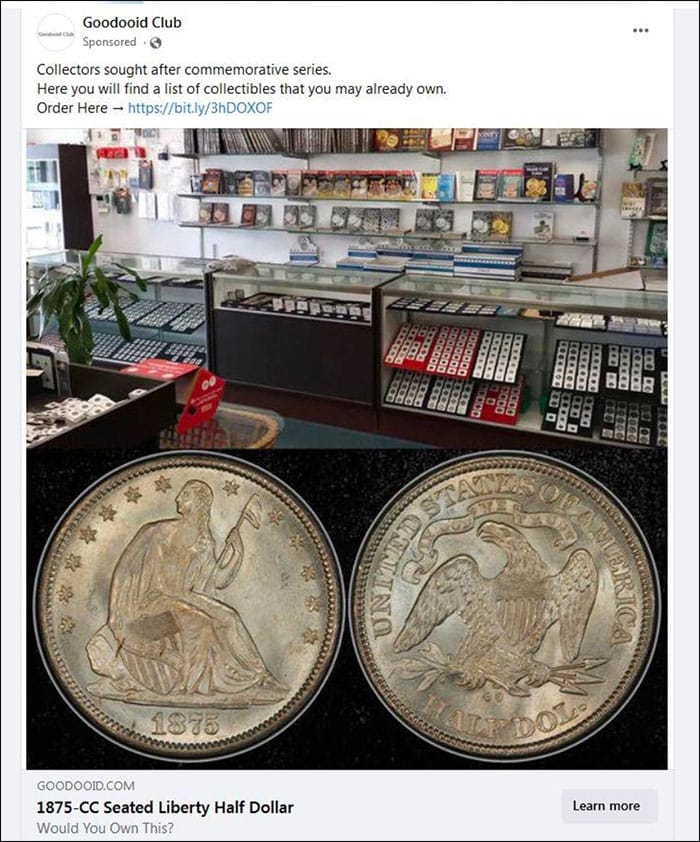
The link took me to the selling site where the advertised example was shown as:
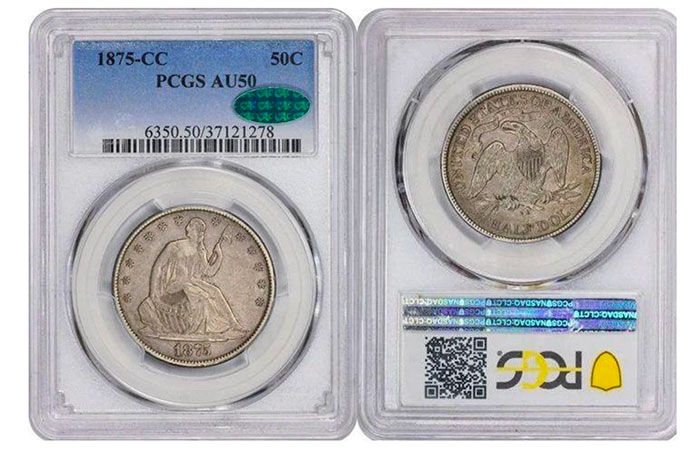
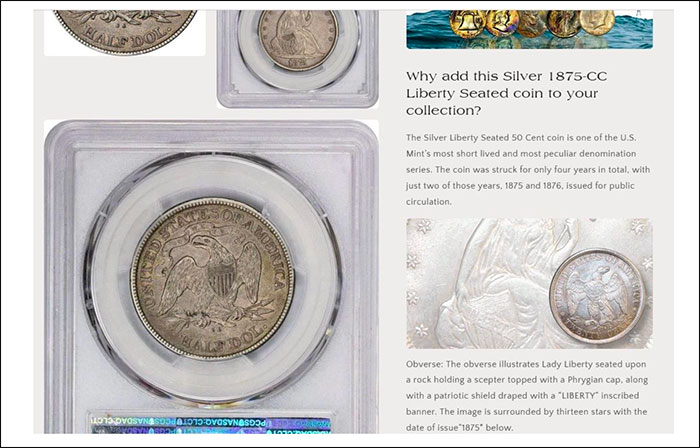
I found the source coin from a previously sold listing by Paradime Coins and notified them as well as PCGS about the apparent scam.
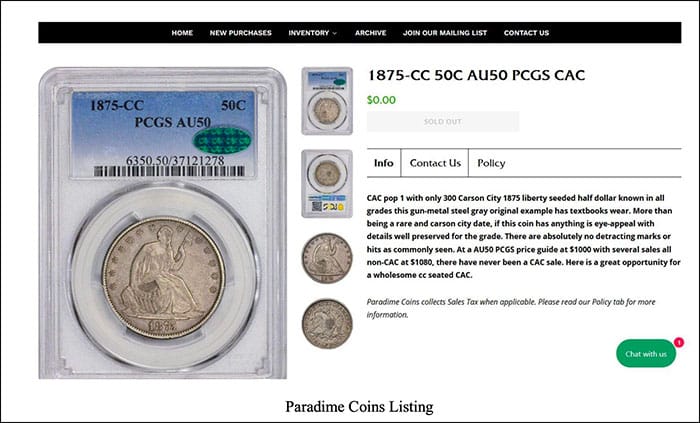
Interestingly, shortly afterward, the ad changed to replace the original images with new ones, and the PCGS online cert went inactive.

Curious what the coin would be as received, I ordered one for review and received this:
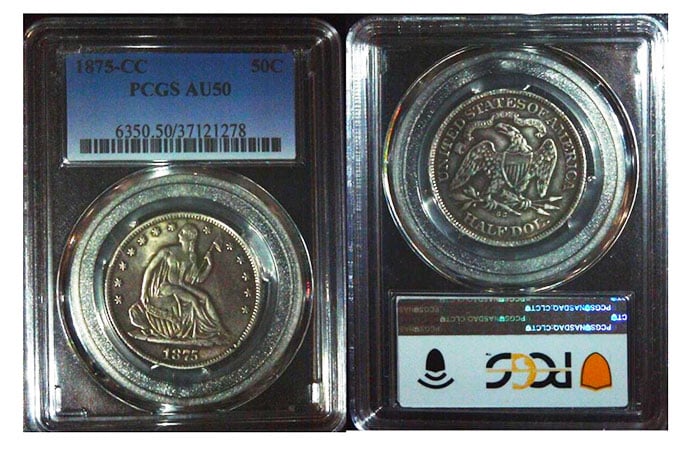
My immediate concern was that the “anti-counterfeiting technology” chip had been cloned, but immediately verified that the circuitry was NOT there and didn’t work! But the front barcode was accurate and took one to the correct cert on the PCGS website when scanned.
Curious about how many of these would be showing up in the marketplace, I started searching for more, and there have been several – including one in a “First Strike” holder!
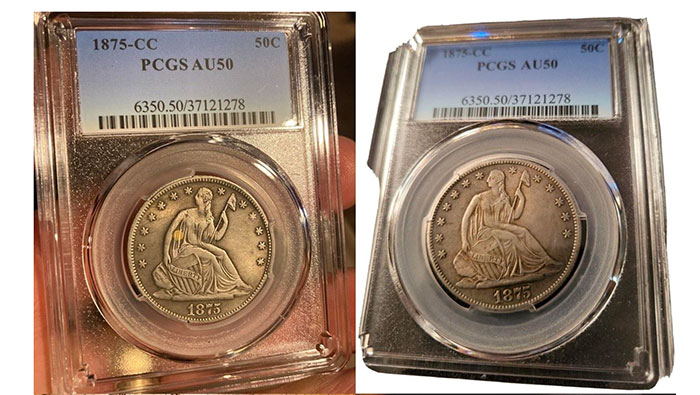

As I reported them, one enterprising seller listed one with images that didn’t show the label. But the coin matched and that ploy didn’t work so well.

Besides the obvious bad cert number for these (since it is inactive), I also wanted to document other obvious matching marks, etc., to aid in identification.
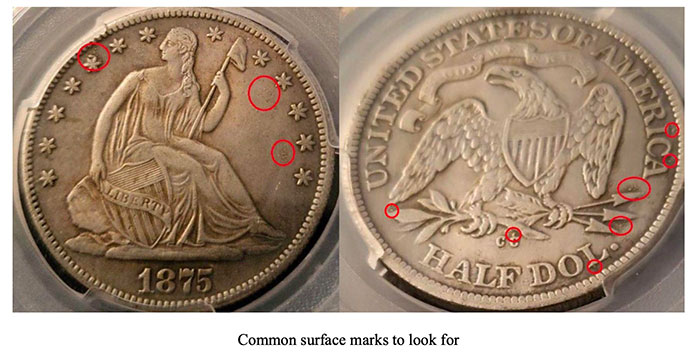
I’m sure there is more wrong with these than the odd “cast-like” surface defects, but I am not an expert on the series and there are a number of different varieties of the 1875-CC Seated Liberty half dollar.
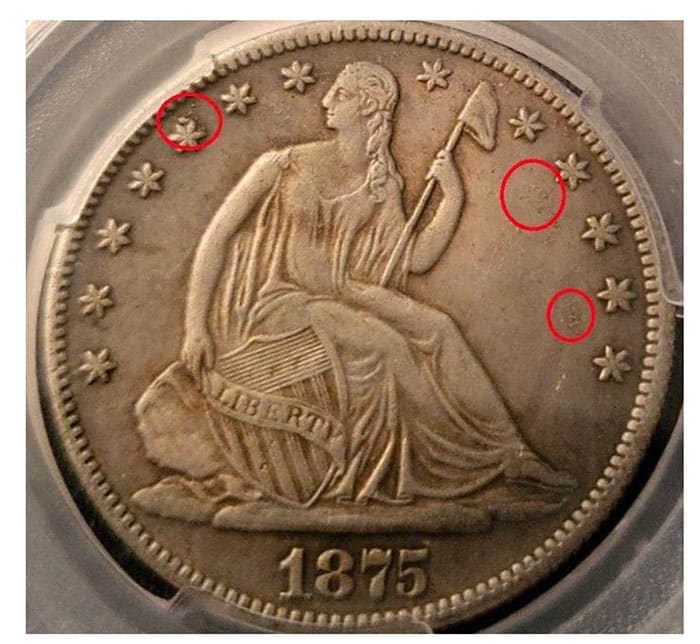
Using the comparison images, I went on the hunt for any raw examples, as the slab makes these pretty obvious to see now. And of course I found a current example listed:
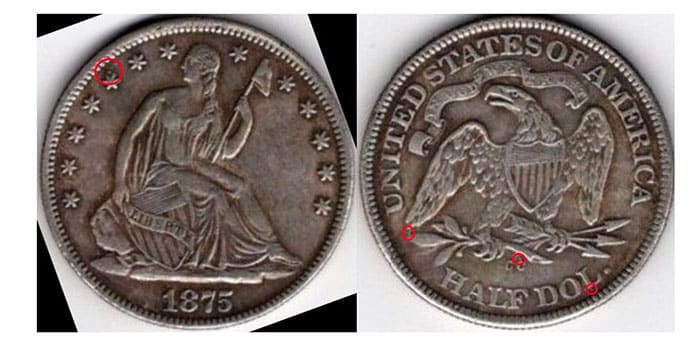
This seller’s info showed that he had sold a couple of others previously, listing them as “found in a yard sale,” “purchased from a friend,” and finally, “purchased from an estate sale”–all using the same images!
And back we go to the Facebook ads. These ads continue to run through my feeds; I have seen a half dozen or so different “sponsored” ads leading to the FB “Goodooid Club” page and ultimately to their website the “Farfa Store”. It is interesting as I continued to report these ads to Facebook that the number archived under “ads” went to zero and suddenly the latest one shows the name changed to “Littletono”:
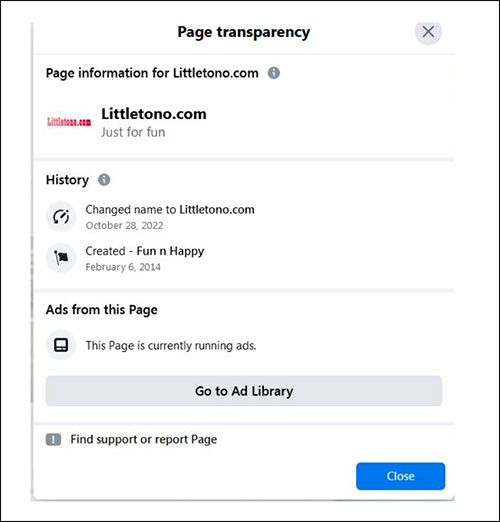
And their Facebook page:
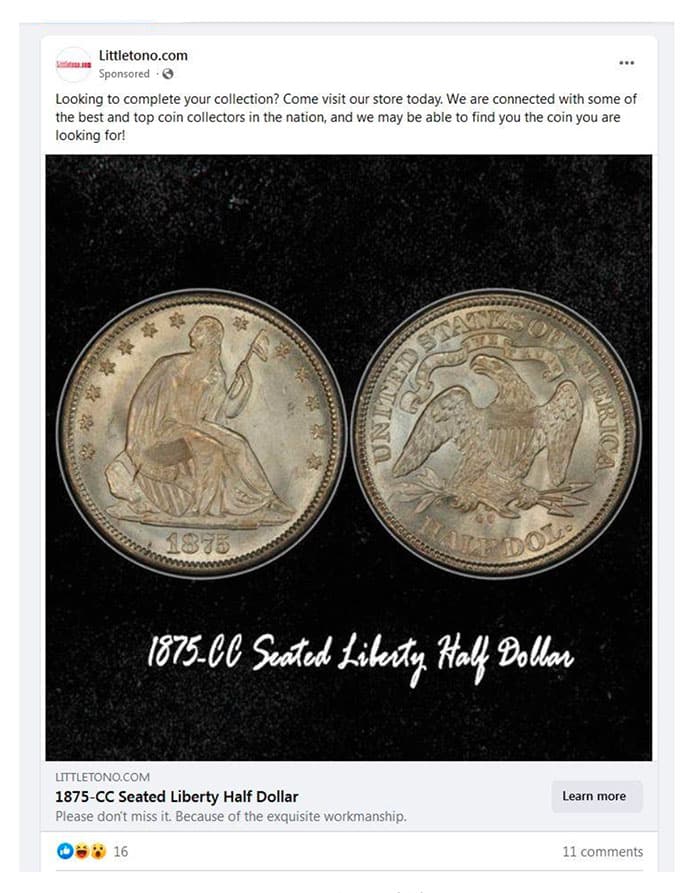
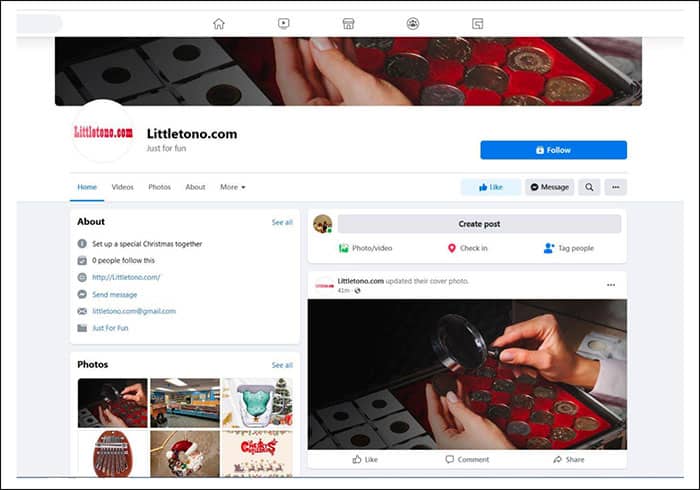
Interesting side note: the Chinese website included an image of an 1875-CC twenty-cent piece from the 2015 Coin World article “Fake 1875-CC 20-Cent Coin: Detecting Counterfeits”.
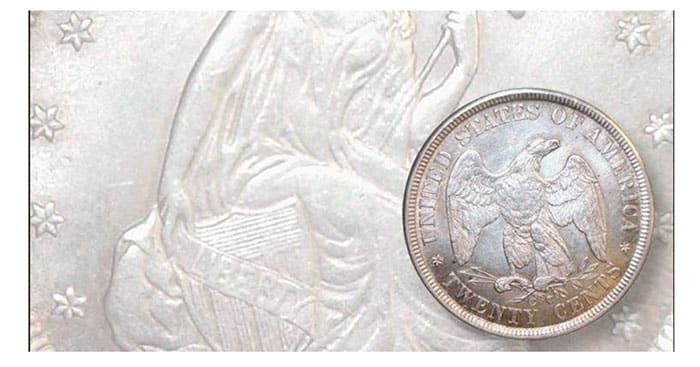
Best as Always,
—Jack D. Young, EAC 5050





Thanks for the info. Sadly, I too was duped into believing the coins were real. It’s been about 15 months since I purchased them online. Is there any recourse or recovery process for the illegally advertised fake merchandise?